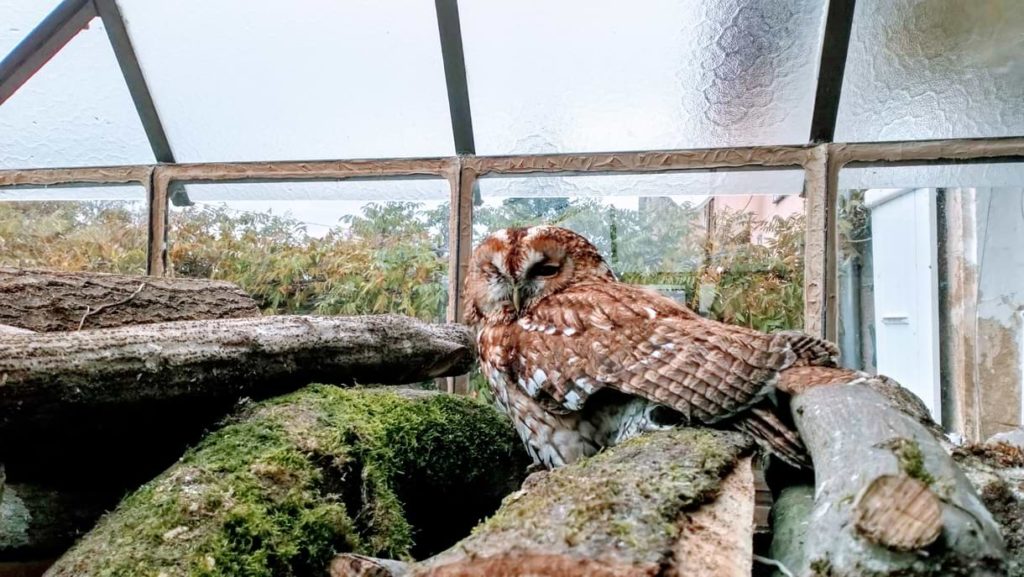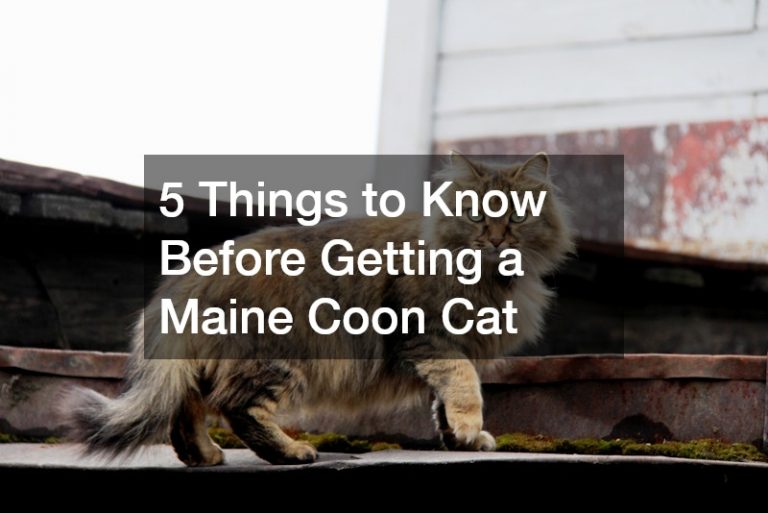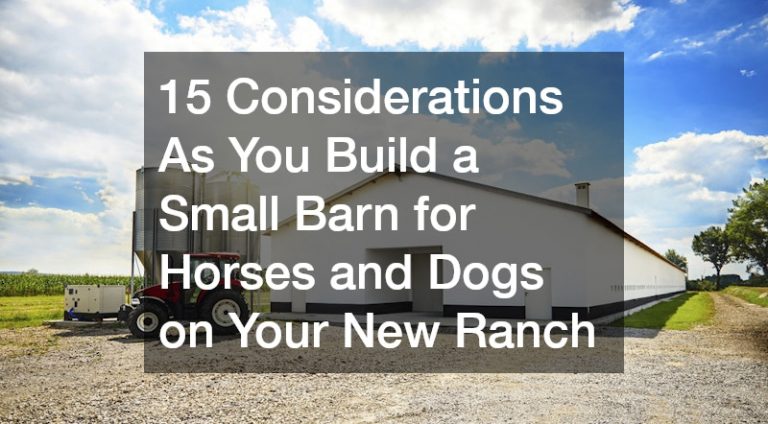In our last article, we discussed why just because it may be legal for you to own an owl in your area does not mean it is a practical decision to get an owl as a pet. While these mysterious birds look like interesting exotic pets to keep, you have to remember that these are nocturnal birds of prey that can be aggressive and high-maintenance.
Now, here’s another reason why owning a pet owl is impractical: the cost of raising a pet owl is very high. If you feel like you can do the research and have the time and means to provide for your owl, then here’s what you need to know you’ll be spending on.
Owl Food
Owls are one of the few predator birds in the wild. This means that owls feed on other animals, depending on their species. Smaller species like the screech owl feed on insects, while bigger ones like barn owls feed on small mammals like rats, amphibians, reptiles, and other smaller birds. The biggest types of owls (like the Eurasian eagle-owl) can even consume young foxes, rabbits, and ducks. In some parts of the world, some owls may even have special ways of hunting, such as fishing owls that know how to pluck their fish prey from the water. However, when owls are hungry, they’ll eat any animal they can prey on.
So, when owning a pet owl, you can’t just go to your local pet store and buy the same birdseed for parrots and other omnivorous birds. For live feed, you can buy mice, hamsters, and other rodents in pet stores for around $5 to $20 depending on the size and breed. Considering that owls eat up to 4 ounces of food in a day and an average mouse weighs an ounce, you’ll have to spend around $20 to $80 on their food in one day.
If this isn’t practical for you, you might want to consider buying frozen feeder rodents instead. These are rodents that have already been raised, slaughtered, cleaned, and frozen to serve as food for carnivorous pets. All you have to do is keep them in a freezer, thaw a rat, and feed it to your owl. Unlike buying live rodents, frozen rats come in bulk.
The price of a rat depends on its size. In this one online store, I found, a hundred pinky rats cost $75, while two XXXL rats cost $9 a bag. You just have to find which size is more practical to feed to your owl on a daily basis.
So, if a $29.80 bag of 20 small rats can weigh between 45 to 85 grams (1.6 to 3 ounces) and the median is 65 grams (2.3 ounces), then you’ll have to feed your owl two rats a day. So, that bag will last you 10 days, which means you’ll be spending almost $3 each day on food. Much more practical than live rodents, but the task of defrosting rats and then cleaning up its remains once your owl is done feeding requires a lot of effort.
Owl Permit
If you live in a state that allows owls, you might be required to have a permit. In states like Mississippi, for example, not only do you have to apply for a permit to legally own an exotic pet, but you also have to renew your permit every year. Depending on your state, this could be free or cost you a few tens of dollars a year in renewals and other miscellaneous fees.
Veterinary Costs & Health Exams
Your owl can contract or develop several diseases specifically for owls or for birds in general. While some conditions are natural and can disappear on its own after a while, for serious cases, you’ll need to see a veterinarian. A vet visit for a regular pet like a dog or cat can cost around $50 a visit, but for owls, you may need to see a specialized veterinarian, which can cost you around $250 per visit – and even more than that for emergency visits.
You also have to consider the price of annual checkups to make sure your owl is healthy. Unlike other common pets, owls are high-maintenance animals. If you’re not taking care of them properly and providing sub-standard living conditions, it could be detrimental to your owl’s health. Aside from the signs of visible health decline, it also helps to do an annual health checkup and fecal exam to see if your owl is healthy. Again, this will mean paying for a visit to your specialized vet, and then another $40 to $60 for laboratory and testing fees. And take note that owls have lifespans that vary between 10 to 30 years, so you’ll need to shell out these fees at least once a year.
Cage & Environment
Owls can be found in different habitats. It is discouraged (and in some cases illegal) to take an owl out of its natural habitat and then take them to live somewhere that is opposite to the habitat they’re used to. Most owls are nothing like the small birds that can live in large cages or in enclosed indoor spaces.
Constructing your own cage starts at $300, sometimes reaching as much as $1000. Take note that this isn’t the cage you see Harry Potter carrying Hedwig around. Those cages are too small to keep your owl cooped up the whole day, especially if you have a large type of owl, and is only used for transporting or temporarily holding your owl. A cage is usually big enough for them to fly around and roost – and getting this cage built also means making sure you have enough space in your home to have this built.
In total, an owl is a very expensive pet to keep. If you can’t provide both the proper research into raising an owl and the financial costs of keeping an owl happy and healthy, you’re much better off with a different pet that doesn’t have as many needs as owls do.





